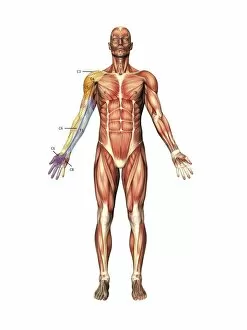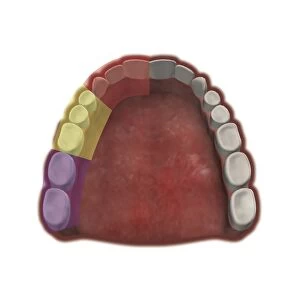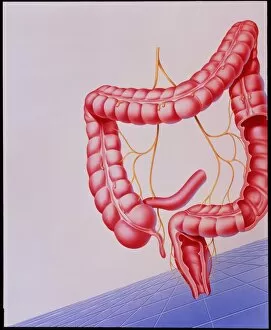Innervation Collection
Innervation is the intricate network of anatomical pathways that allows our bodies to function seamlessly
All Professionally Made to Order for Quick Shipping
Innervation is the intricate network of anatomical pathways that allows our bodies to function seamlessly. From the lacrimal gland in our eyes to the muscles in our neck, every part of our body relies on a complex system of nerves. Anatomical pathways to the lacrimal gland ensure that tears flow freely, keeping our eyes moist and protected. This delicate process involves a series of signals transmitted through specific nerves, ensuring optimal eye health. Moving down to the neck muscles and nerves, we witness another masterpiece artwork. These intricate connections allow us to move and stabilize our heads with ease. The coordination between these muscles and nerves ensures smooth movements while providing support for this vital region. As we venture further into the arm nerve regions, more stunning artwork unfolds before us. Each nerve branch serves a unique purpose, allowing us to perform various tasks effortlessly. Whether it's grasping an object or executing precise movements, these networks enable flawless hand-eye coordination. The dental maxillary nerve regions exhibit yet another marvel artistry. These pathways are responsible for transmitting sensory information from teeth and gums back to the brain. Without them, even simple actions like eating or drinking would become challenging. Our hands possess their own realm wonderment - both on their palmar and dorsal surfaces. The palmar nerve regions govern sensation in this crucial area where touch reigns supreme. Meanwhile, dorsal nerve regions contribute towards fine motor skills required for tasks such as writing or playing musical instruments. Journeying downwards towards the feet reveals equally mesmerizing foot medial and plantar nerve regions' artwork. These areas play an essential role in maintaining balance while providing sensory feedback during movement across various terrains. Finally, lower body anatomy showcases its own symphony of interconnectedness through remarkable artistic depictions. From hip joints to leg muscles, each structure depends on proper innervation for coordinated motion and stability throughout daily activities. A testament to the intricacy and beauty of our bodies.














